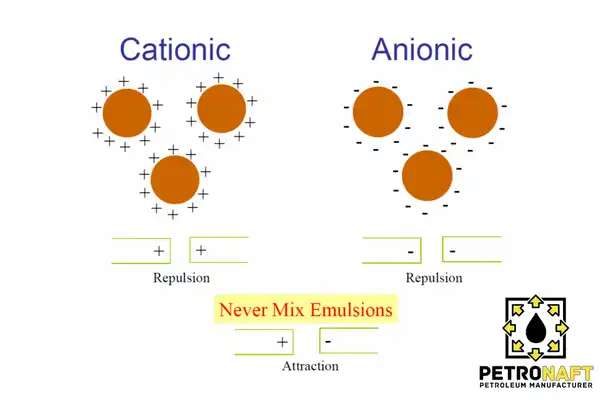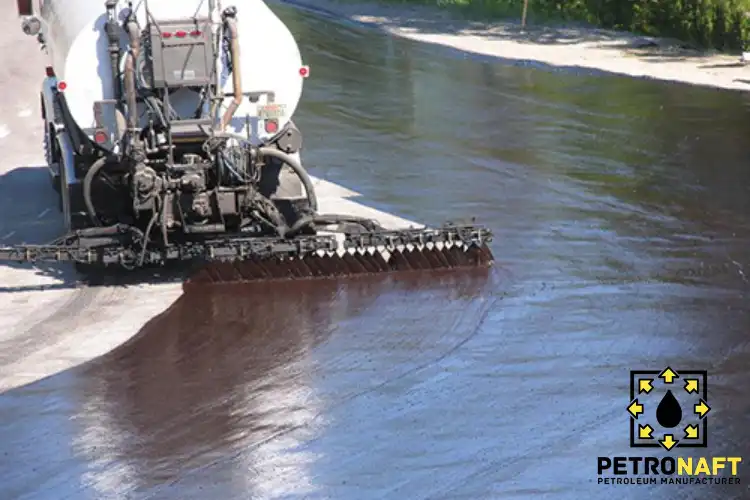Anionic vs Cationic Bitumen Emulsions: Understanding the Differences between SS1 and CSS1
A bitumen emulsion is a mixture of bitumen and water that has been bound together by an emulsifying substance. The emulsion may be split into one of two further groups depending on the electrical charge the emulsifying agent carries. Compared to cationic emulsions, anionic emulsions have a negative charge, whereas the latter have a positive charge. In terms of their features, anionic emulsions behave differently from cationic emulsions due to the charge that the emulsifying element carries.
Bitumen emulsion SS1 is an anionic mixture, while emulsion CSS1 is a cationic mixture. Both emulsions are used in a number of settings, including waterproofing, managing dust, and building roads, among others. Yet, due to the distinctions in their characteristics and the many uses best suited to each, they are not interchangeable.
One of the key characteristics that separates cationic and anionic bitumen emulsions is stability. The stability of anionic emulsions can be maintained in an acidic environment, whereas the stability of cationic emulsions requires an alkaline environment. In light of this, one aspect to take into account while making your decision is the pH of the material to which the emulsion is being applied.
Another difference between the two kinds of emulsion is how each one is charged. Positively charged aggregates may be employed successfully with anionic emulsions since they have a negative charge. The positive charge of cationic emulsions, however, makes them compatible with aggregates that have a negative charge, allowing them to be employed with such aggregates. As a result, choosing an emulsion also depends on the kind of aggregate utilized.
Both cationic and anionic emulsions need distinct handling and storage procedures. Emulsions containing anionic particles are more susceptible to temperature changes and are more prone to disintegrate when heated to high temperatures. Moreover, they may freeze, and if they do, they lose all usefulness. In contrast, cationic emulsions may be maintained across a wider temperature range and are less prone to instability.

Anionic emulsions like SS1 are often used for tack coatings, fog seals, and as a binder for cold mix asphalt, all of which are uses for which they are best suited. This is so because they are the programs that stand to gain the most from their application. Moreover, they are used in slurry seals and chip sealing. On the other side, cationic emulsions like CSS1 are often used for priming, treating surfaces, and stabilizing soil.
An ecological perspective suggests that anionic emulsions are more environmentally friendly than cationic emulsions. This is because biodegradable soap is routinely used to emulsify other ingredients for creating anionic emulsions. In contrast, synthetic emulsifying agents, which are often utilized in cationic emulsions, are more damaging to the environment.
In conclusion, it’s critical to recognize the differences between cationic and anionic bitumen emulsions. The choice of an emulsion is influenced by a variety of factors, including the pH of the material to which it is applied, the kind of aggregate used, and the type of work that is suitable for it. Anionic emulsions like SS1 are often used as tack coatings, fog sealants, and as a binder for cold mix asphalt. Nevertheless, cationic emulsions, such as CSS1, are often used as primers, surface treatments, and soil stabilizers. Also, a lot of individuals think anionic emulsions are better for the environment than cationic emulsions.
Purchasing from Petro Naft
For more detailed information and to purchase the product discussed in this article, please visit the dedicated product page below. Alternatively, use the various communication channels provided on our site to register your purchase inquiry or take advantage of our expert guidance.
Prepared by the PetroNaft Co. research team.

